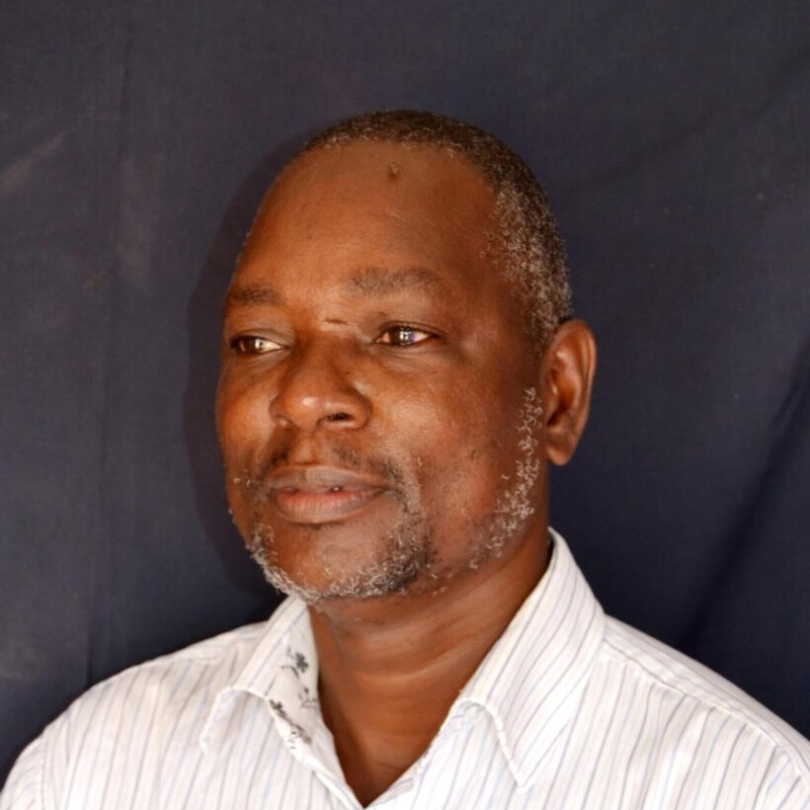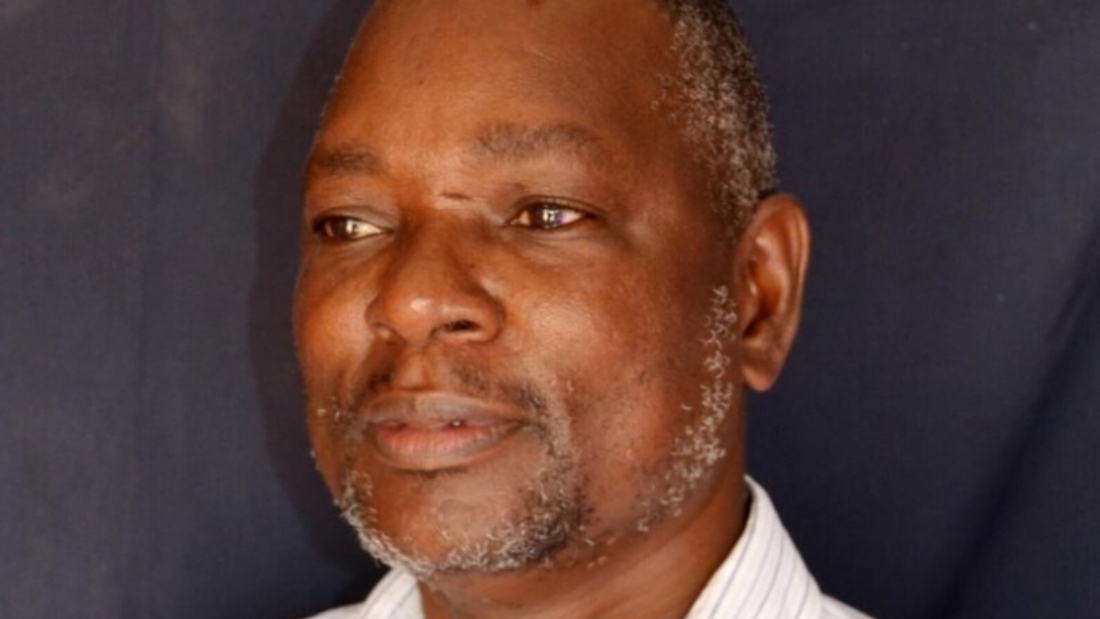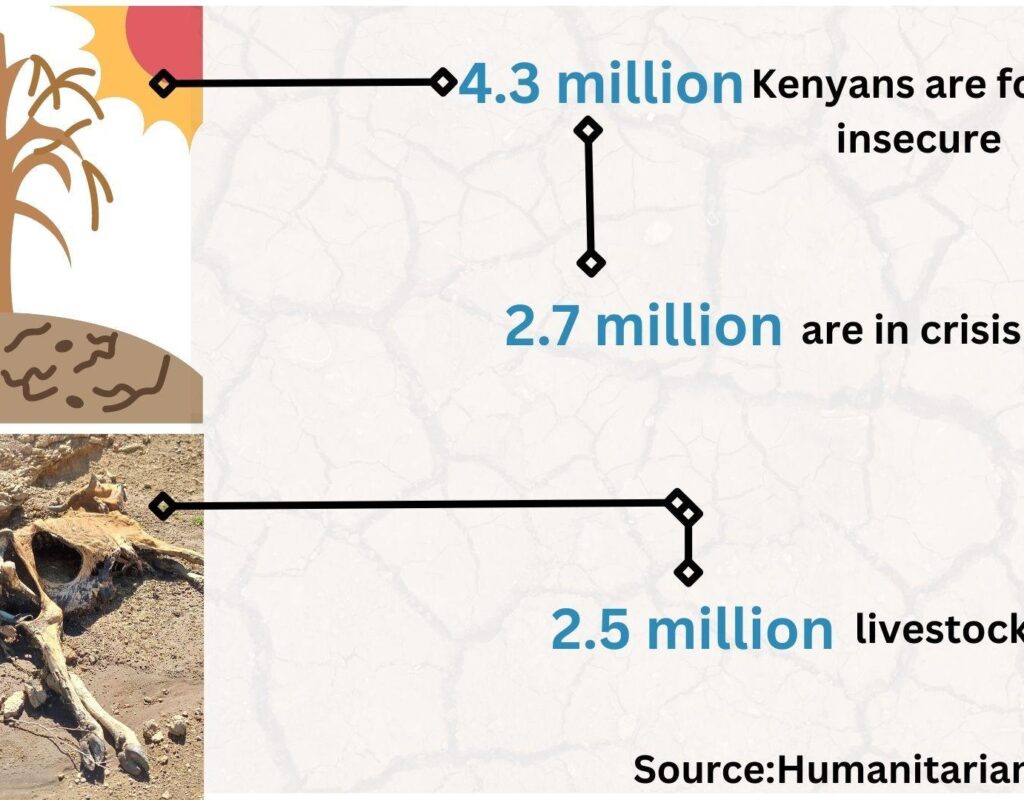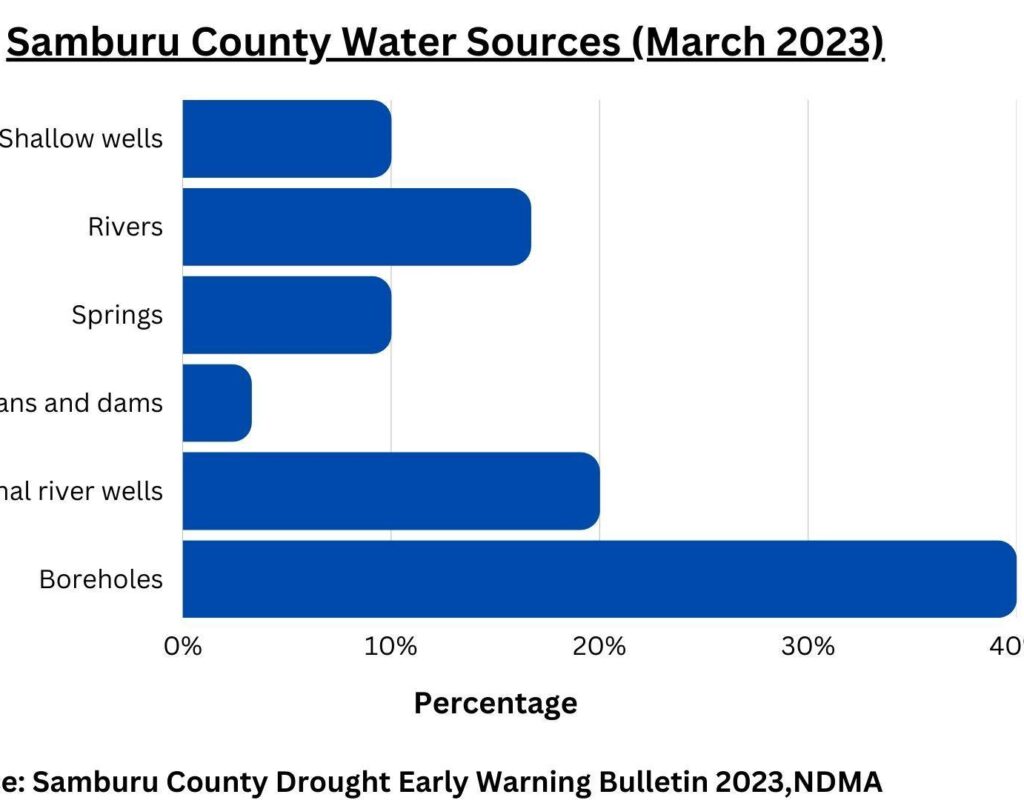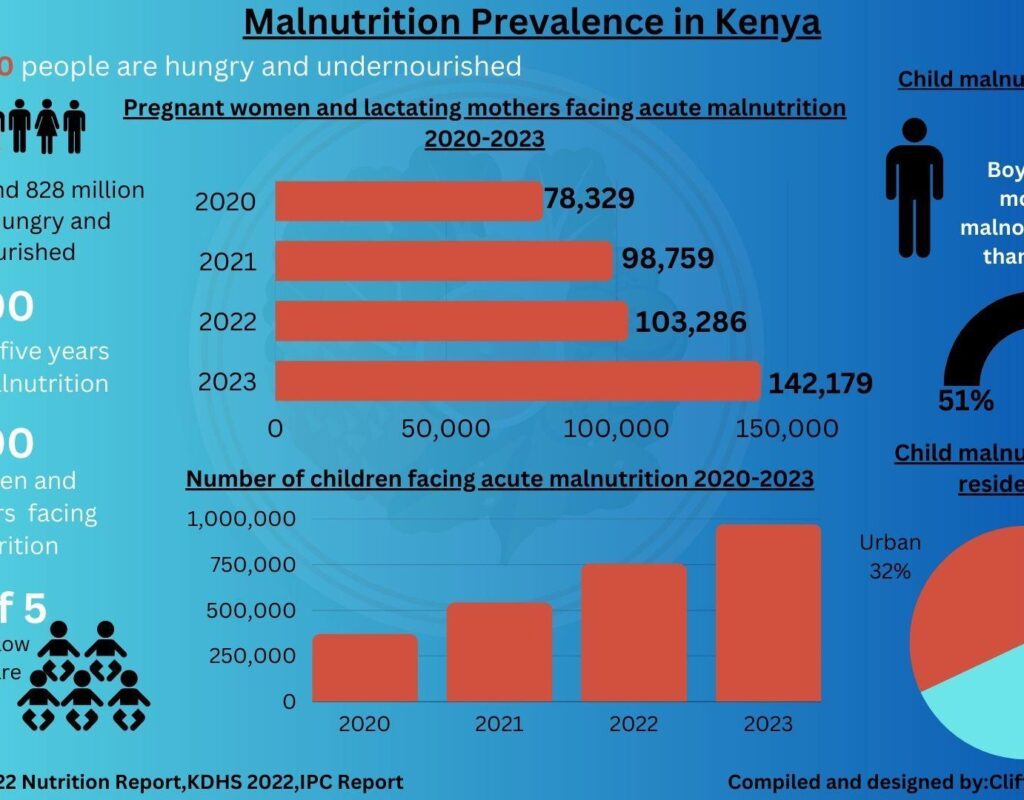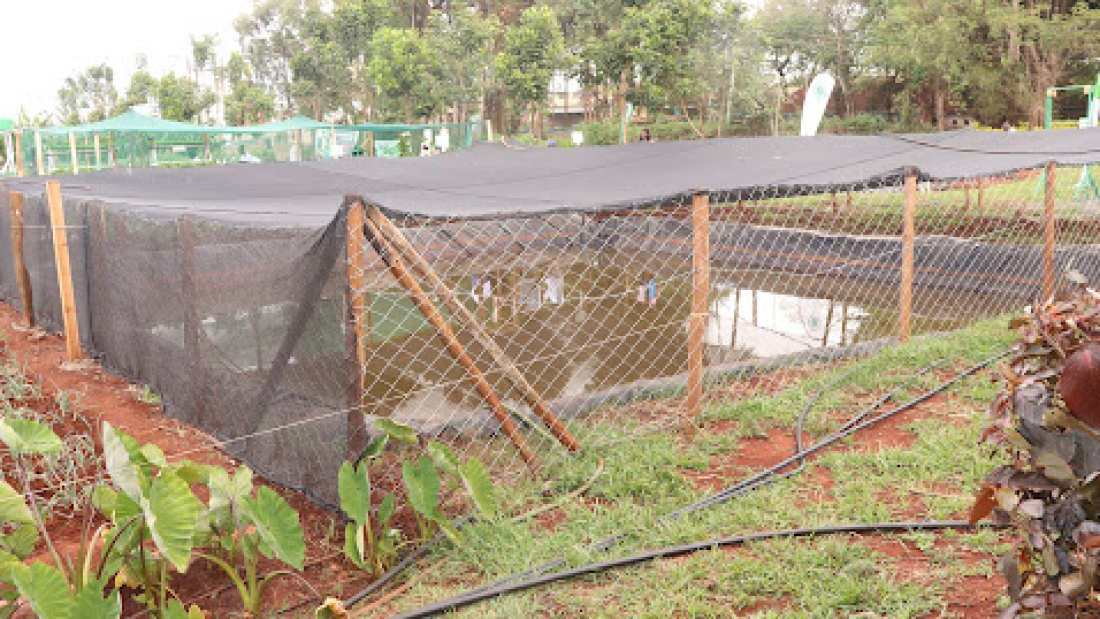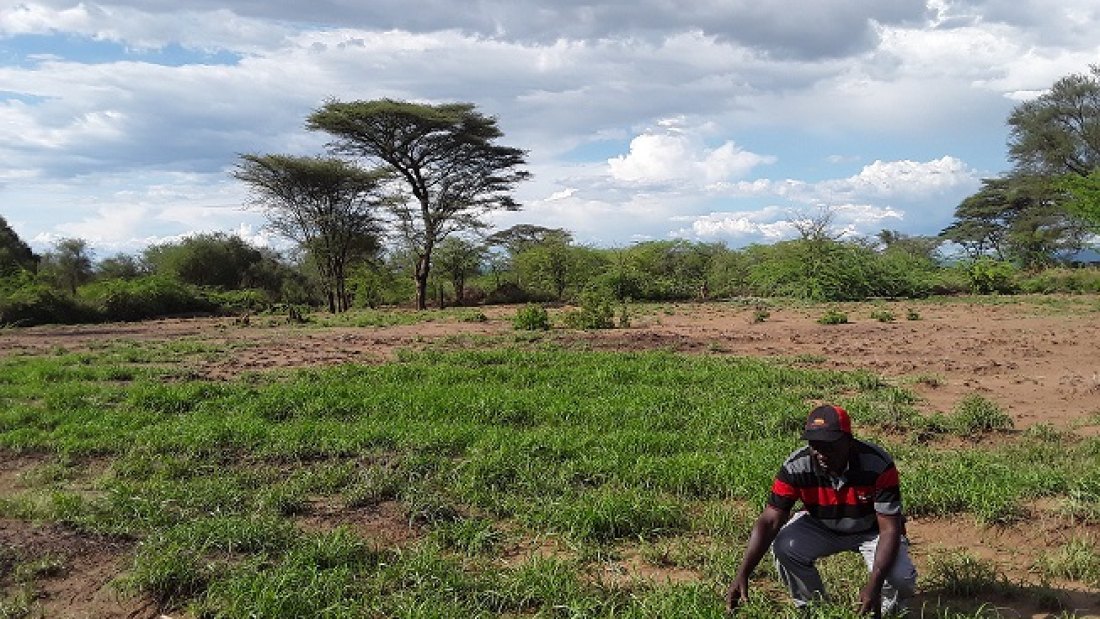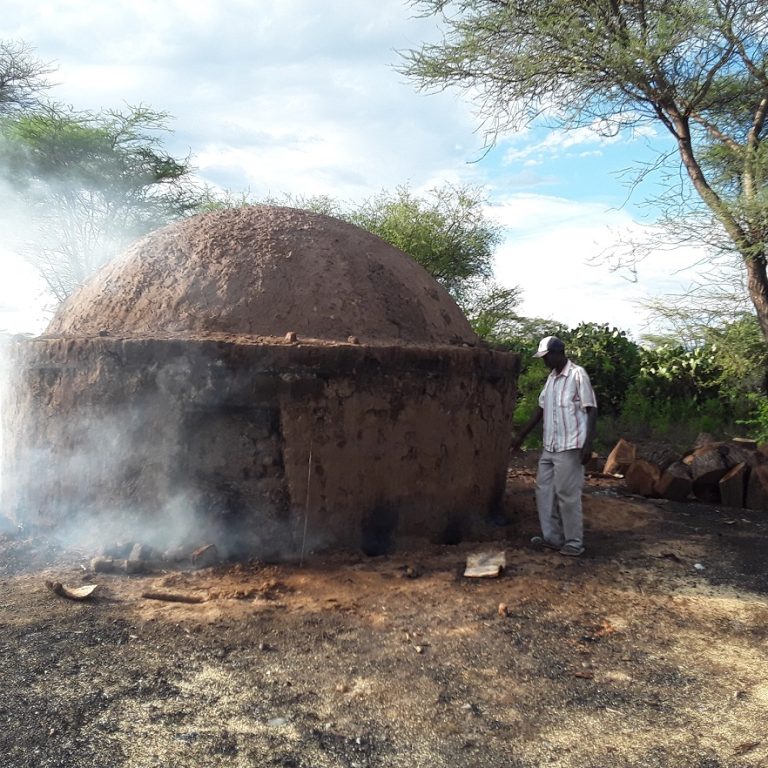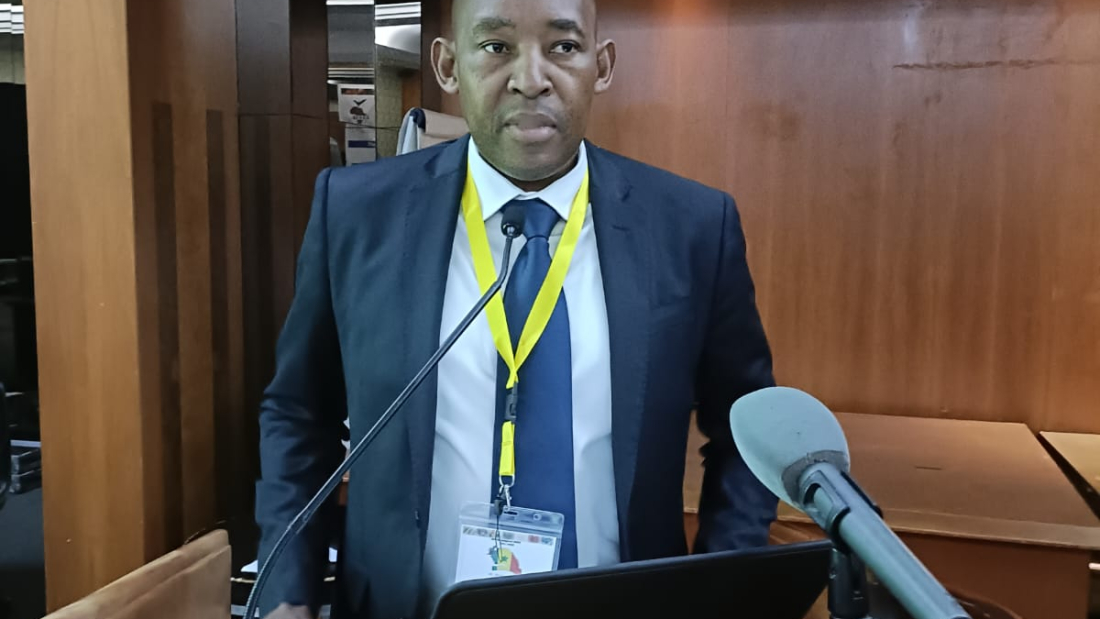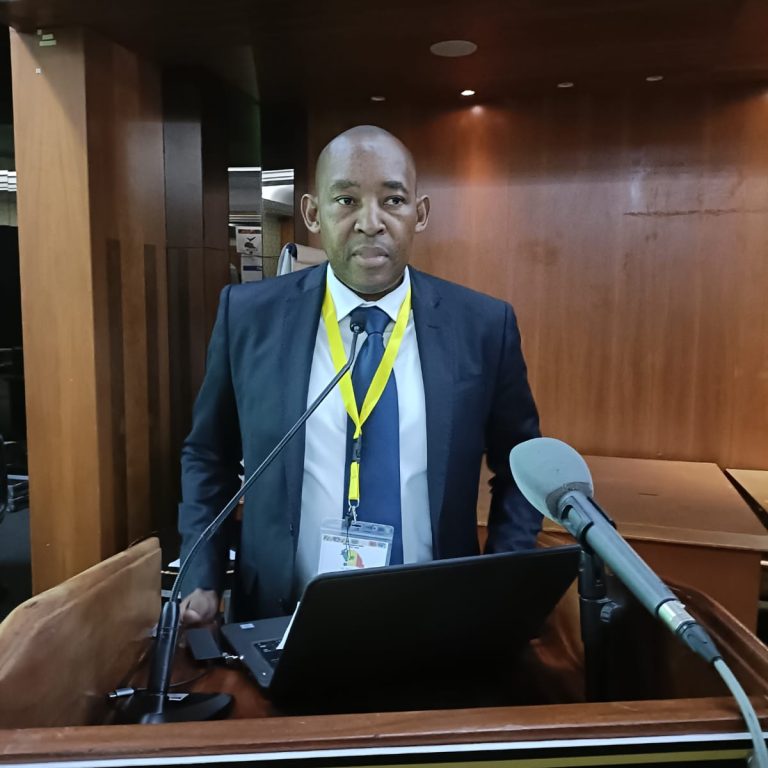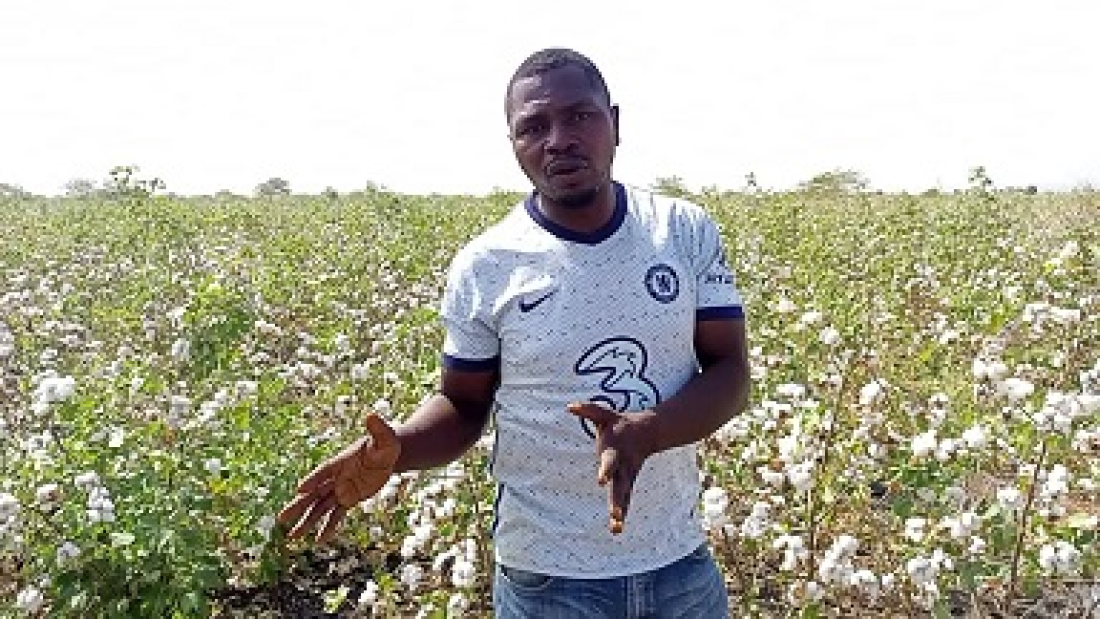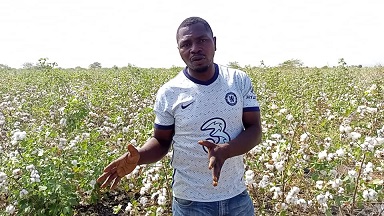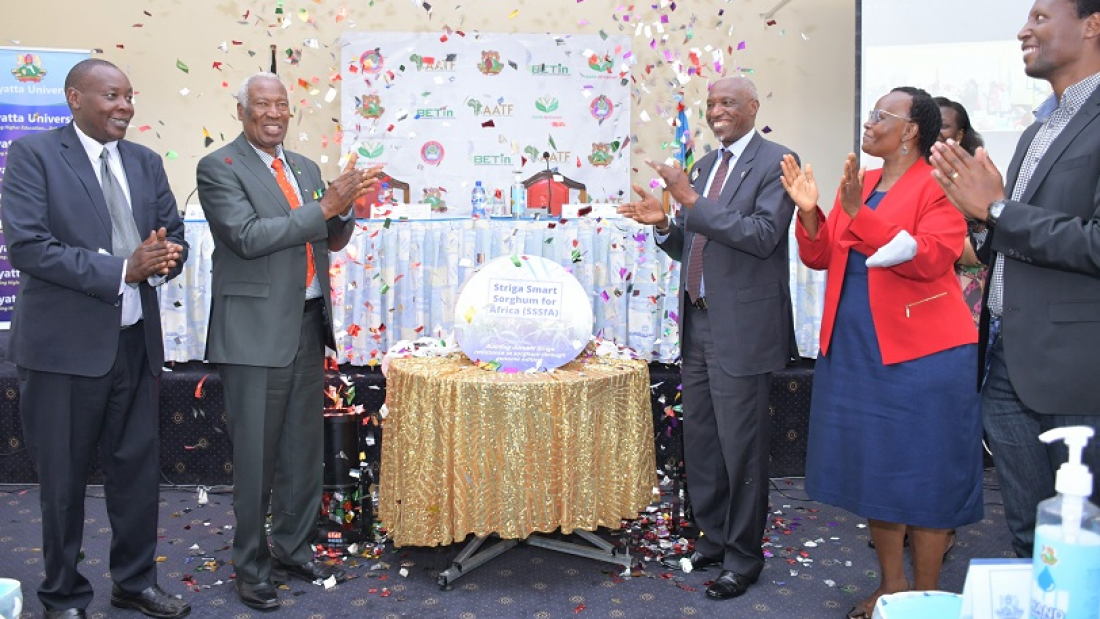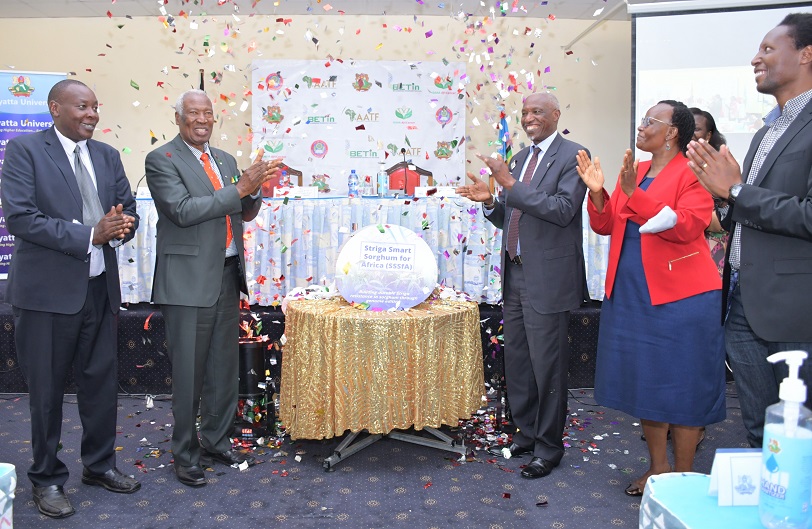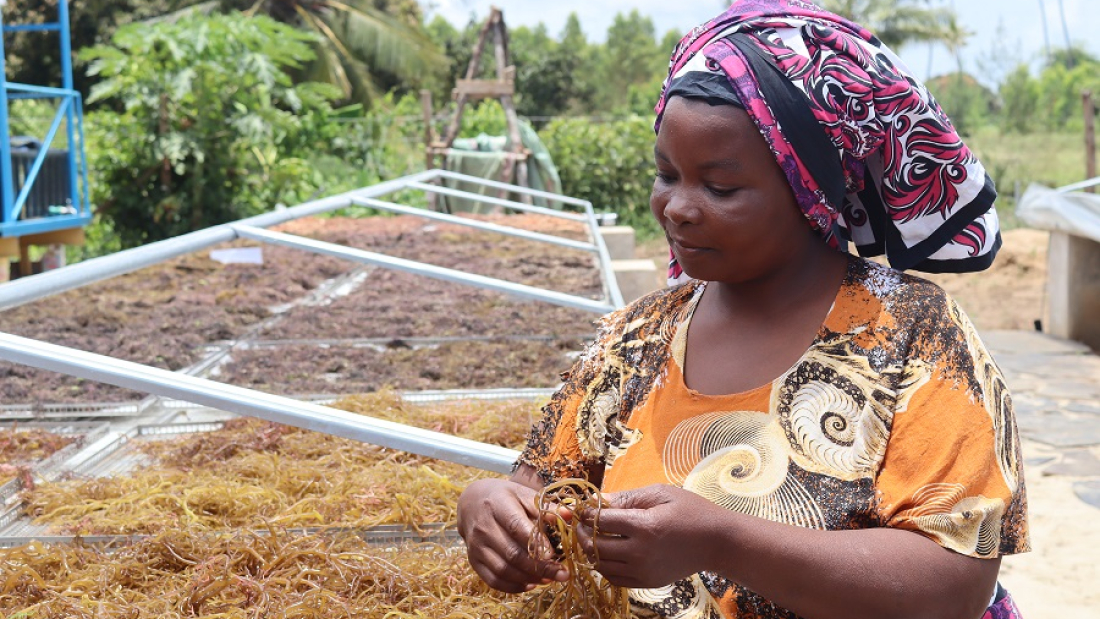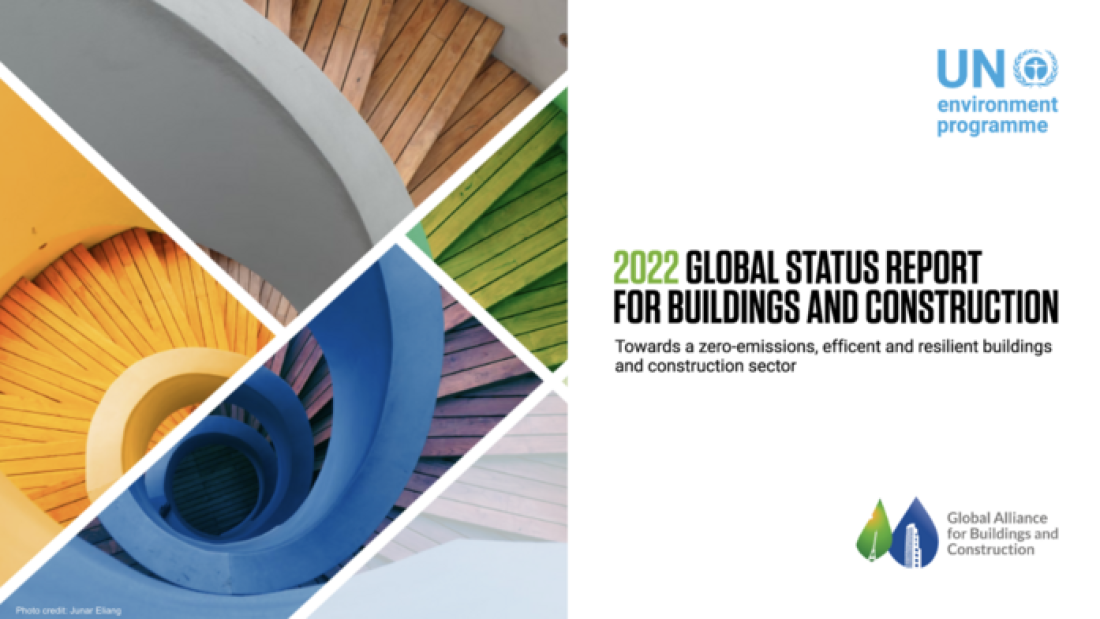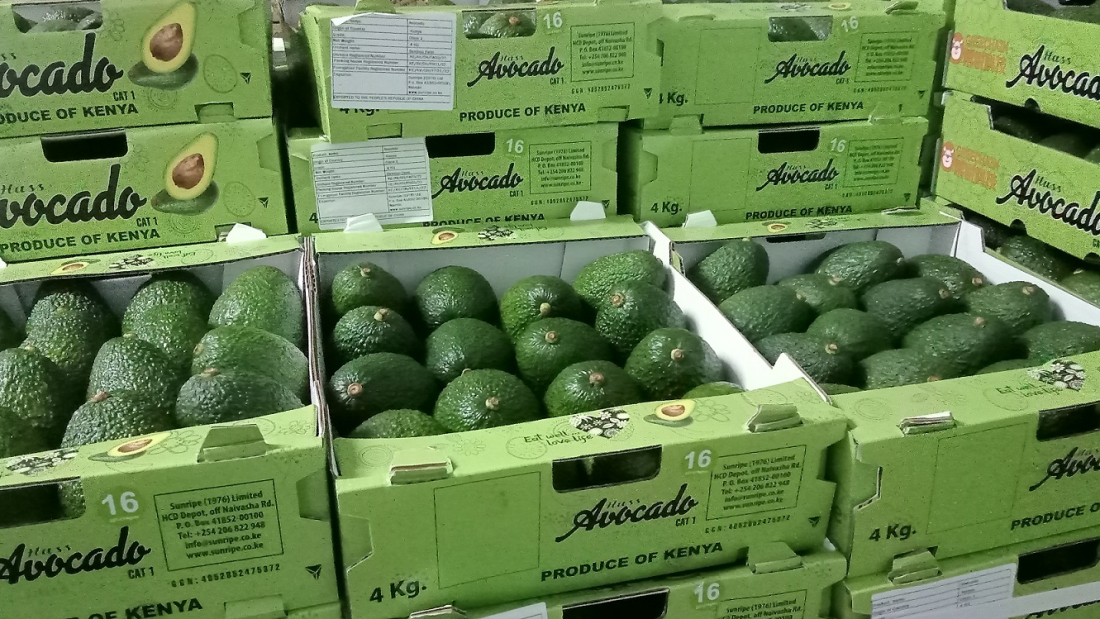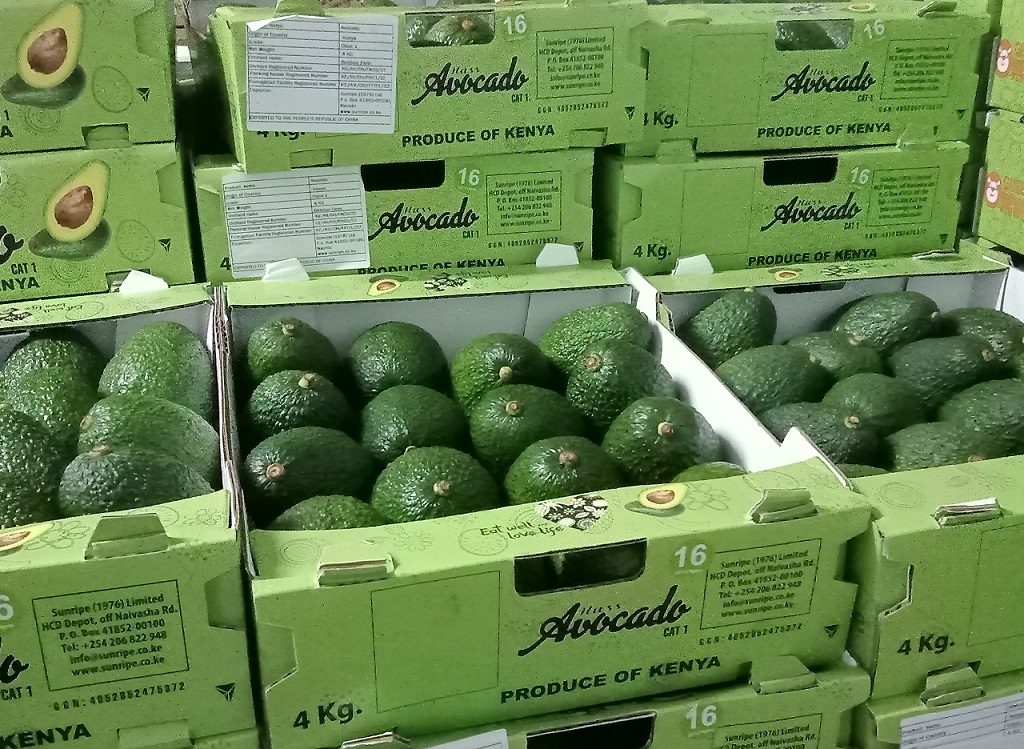Classified as an Arid and Semi-Arid area, Samburu is a water scarce county, and the situation has been getting worse due to the frequent and prolonged bouts of intense drought.
According to the March 2023 Drought Early Warning Bulletin produced by the National Drought Management Authority (NDMA), Samburu County was in the alarm drought phase.
The report further indicates that the majority of villagers accessed water from boreholes and wells. Boreholes and wells were relied on by 40 and 30 per cent of the households, respectively.
Mrs Lelegwe is part of a 30-member Sipat Women Group (formerly Beans Growers Women Group) who have sought out new farming methods to respond and adapt to the changing weather patterns and save their village.
She is practising climate-smart agriculture to diversify her source of livelihood, from solely depending on livestock keeping to other income generating activities like agro-pastoralism.
Until the women group received training on kitchen garden, multi-cropping, seedbed establishment among many other climate smart farming techniques, Mrs Lelegwe and other members of the group engaged in businesses and traditional small-scale farming.
But income from their farming was low and produce did not yield enough profits to sustain the activity.
In 2022, Caritas Maralal engaged an agronomist to train the women group on climate-smart agriculture under the WWF-Kenya’s Voices for Just Climate Action (VCA) funding programme to strengthen indigenous communities’ response and adaptation to climate change.
The VCA project aims to raise the voices and capacity of underrepresented or marginalised groups to enable them take on a central role as creators, facilitators and advocates of innovative and inclusive climate solutions. The mission is to create awareness of how climate change affects vulnerable/marginalised groups such as pastoralists, women, children and people with disability and efforts to alleviate these effects.
“I partitioned the farm as per the lessons from our training and I must admit, the harvest has been plenty and lasted longer than the previous harvests. I’m able to sell to my neighbours and other business people in Longeiwan and Suguta markets and restaurants in Maralal town,” says Mrs Lelegwe.
The aim of the livelihoods diversification programme across the pastoralists region was to rehabilitate farmland in an environmentally sustainable way, and ensure households have a supply of fresh vegetables for food security and nutrition, says Coleta Nyaenya, the programmes manager at Caritas Maralal.
“Women farmers who planted indigenous vegetables recorded improved intake and growth from their children as compared to when they only fed them on porridge (locally known as Kitegen),” Nyaenya says.
“Now the women have become entirely independent. They are now able to sustain their households during drought periods even when their husbands migrate in search of water and pasture for the livestock.”
But in Samburu, as is the case in many parts of ASAL regions, women and children are disproportionately affected by the drought, which has increased their vulnerability to food security, ill health, violence and drastically reduced their access to nutritious food.
According to the ‘2022 State of Food Security and Nutrition in the World’ report by the Food and Agriculture Organisation’s Agrifood Economics Division, the number of people affected by hunger globally rose to as many as 828 million in 2021.
In Kenya, more than 37 million people representing over 80 per cent of the population cannot afford a healthy diet, which has particularly negative nutritional consequences for women and children.
According to a recently released report by Integrated Food Security Phase Classification (IPC), at least 970,000 children below five years and 142,000 pregnant women and lactating mothers are suffering from acute malnutrition.
Nationally, one out of five children below five years are stunted, meaning they are short for their age, with a majority living in rural areas, according to the 2022 Kenya Demographic Health Survey (KDHS).
